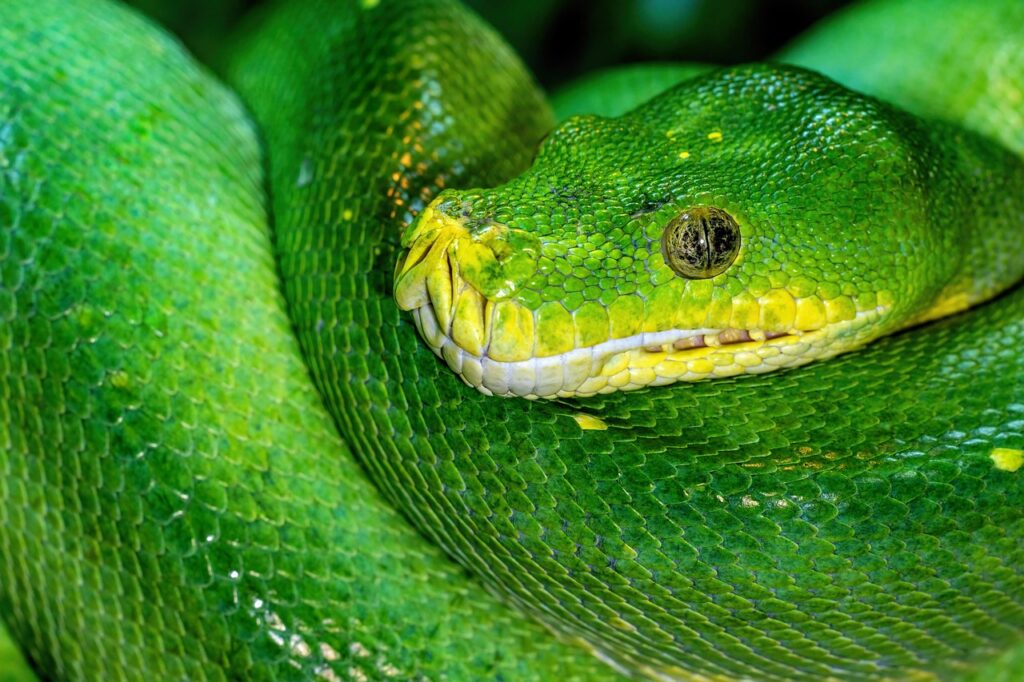Imagine walking through a landscape that existed over 230 million years ago, when the first dinosaurs were taking their tentative steps across an alien Earth. These weren’t the massive, thunderous beasts we picture from Hollywood movies or museum displays. Instead, they were small, agile creatures that would have barely reached your knee, yet they carried within their fragile bones the genetic blueprint that would eventually give rise to the most successful group of land animals our planet has ever known. The story of these early dinosaurs challenges everything we thought we knew about prehistoric life and reveals a world far stranger and more fascinating than we ever imagined.
The Tiny Titans: First Dinosaurs Were Surprisingly Small
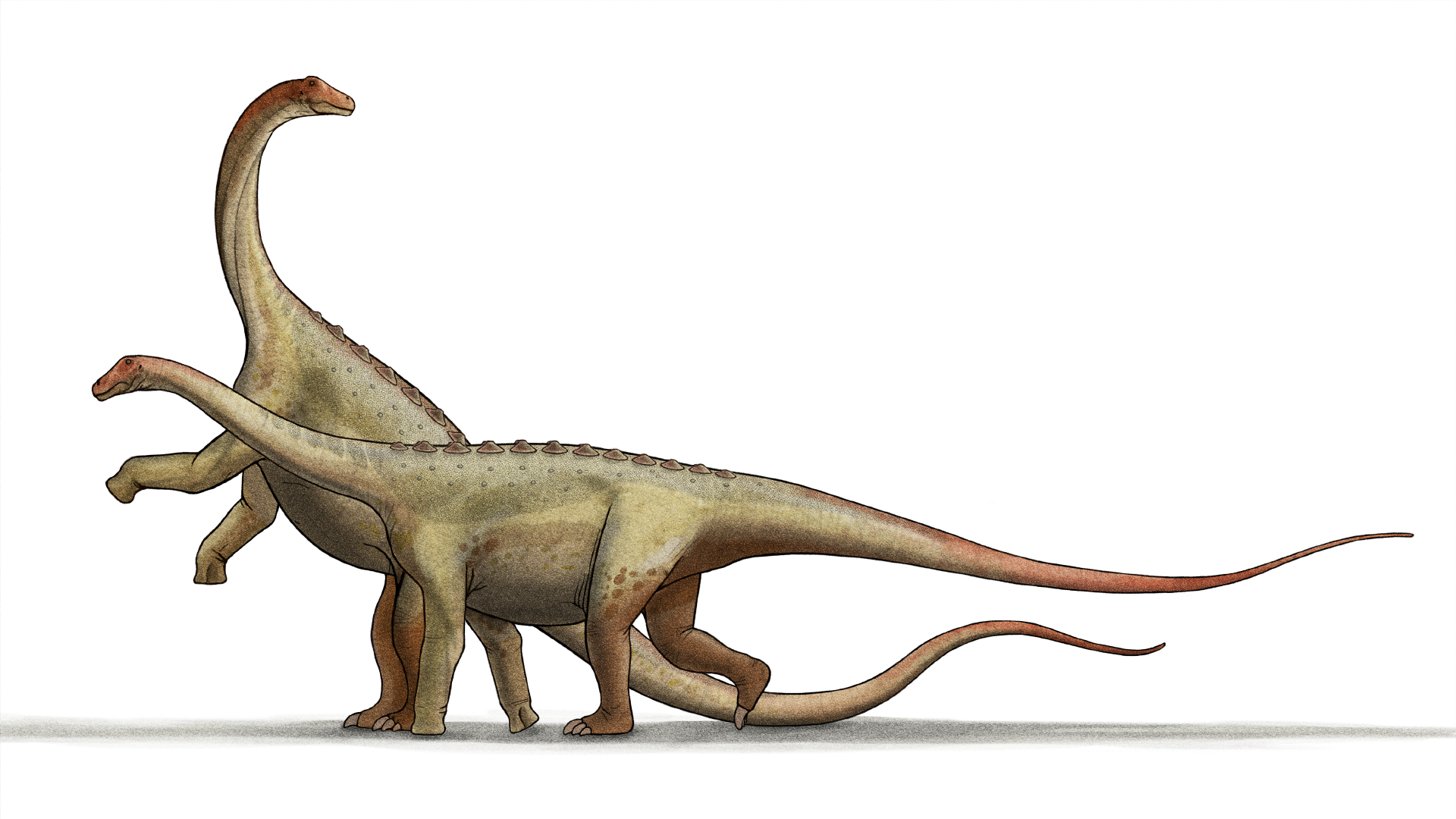
When most people think of dinosaurs, their minds immediately conjure images of towering T. rex or massive Brontosaurus. However, the earliest dinosaurs were remarkably small creatures, with many species measuring no more than three feet in length. Eoraptor, one of the earliest known dinosaurs from Argentina, weighed only about 22 pounds and stood roughly two feet tall at the hip.
These diminutive pioneers lived in a world dominated by much larger reptiles, including massive archosaurs and early crocodilian relatives. The small size of early dinosaurs was actually an advantage, allowing them to exploit ecological niches that larger predators couldn’t access. They could dart between the legs of giant creatures, hunt smaller prey, and escape danger with remarkable agility.
Lightning-Fast Predators: Speed Was Their Secret Weapon
The first dinosaurs weren’t just small – they were incredibly fast. Fossil evidence suggests that early dinosaurs like Staurikosaurus could reach speeds of up to 25 miles per hour, making them some of the fastest land animals of their time. Their lightweight build and powerful leg muscles gave them a significant advantage over their bulkier competitors.
This speed wasn’t just for hunting; it was essential for survival. Early dinosaurs lived alongside fearsome predators like Prestosuchus, a massive crocodilian that could grow up to 20 feet long. The ability to outrun these apex predators meant the difference between life and death for our dinosaur ancestors.
The Triassic World: A Planet Unlike Anything Today
The Earth of 230 million years ago was a dramatically different place from the world we know today. During the Late Triassic period, all continents were joined together in a supercontinent called Pangaea, creating a massive landmass surrounded by a single ocean. This configuration created extreme weather patterns, with scorching deserts dominating the interior and more temperate conditions along the coasts.
The climate was much warmer than today, with no ice caps at the poles and atmospheric carbon dioxide levels nearly ten times higher than current levels. This greenhouse world supported lush forests of conifers, ferns, and cycads, but flowering plants hadn’t yet evolved. Early dinosaurs navigated this alien landscape filled with creatures that seem like something from a fantasy novel.
Dietary Mysteries: Not All Early Dinosaurs Were Carnivores
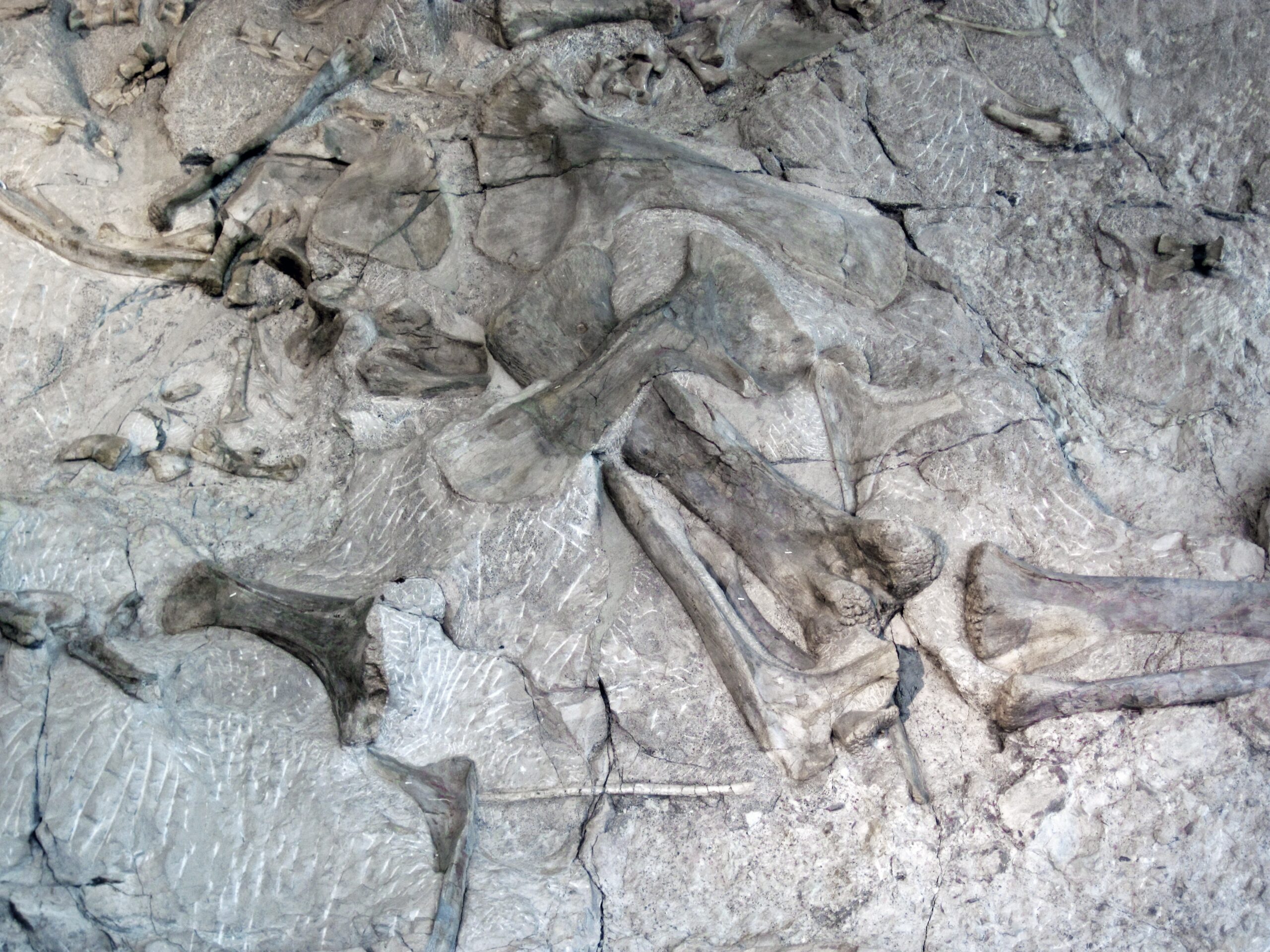
While popular culture often portrays early dinosaurs as fierce predators, the reality was far more complex. Many of the earliest dinosaurs were actually omnivores or even herbivores, challenging our assumptions about dinosaur evolution. Pisanosaurus, dating back about 220 million years, shows clear adaptations for plant-eating, including leaf-shaped teeth perfect for processing vegetation.
This dietary diversity was crucial for early dinosaur success. By exploiting multiple food sources, these early species could survive environmental changes that might have wiped out more specialized feeders. Some early dinosaurs even showed seasonal dietary changes, switching between insects and plants depending on availability.
The Great Dying’s Aftermath: Rising from Extinction’s Shadow
The first dinosaurs emerged in the shadow of the greatest mass extinction event in Earth’s history – the Permian-Triassic extinction, also known as “The Great Dying.” This catastrophe wiped out over 90% of marine species and 70% of terrestrial vertebrates, leaving vast ecological voids that needed to be filled. The devastation was so complete that it took millions of years for life to recover.
Early dinosaurs were among the pioneering species that colonized this devastated world. Their small size, adaptability, and efficient metabolism allowed them to exploit resources that other surviving animals couldn’t use effectively. This post-extinction world was like a blank canvas, and dinosaurs were among the first artists to paint new evolutionary masterpieces across its surface.
Walking Revolution: The Hip Structure That Changed Everything
One of the most significant innovations of early dinosaurs was their unique hip structure, which allowed them to walk with their legs directly beneath their bodies rather than sprawled out to the sides like lizards. This upright posture was revolutionary for land animals and provided numerous advantages including improved speed, endurance, and energy efficiency.
The dinosaur hip structure fell into two main categories: the lizard-hipped saurischians and the bird-hipped ornithischians. Surprisingly, birds evolved from the lizard-hipped group, not the bird-hipped one – a naming convention that continues to confuse paleontologists and students alike. This postural innovation was so successful that it eventually led to the dominance of dinosaurs for over 160 million years.
Social Pioneers: Early Evidence of Group Behavior
Recent fossil discoveries have revealed that some early dinosaurs exhibited complex social behaviors much earlier than previously thought. Coelophysis, a small theropod from the Late Triassic, has been found in massive bone beds containing hundreds of individuals, suggesting they lived and possibly hunted in groups. These gatherings weren’t random events but organized social structures that provided protection and hunting advantages.
Evidence suggests that some early dinosaurs may have even cared for their young, with adult fossils found protecting juvenile specimens. This level of social complexity challenges the traditional view of early dinosaurs as simple, solitary creatures and suggests that the intelligence and social behaviors we see in modern birds may have much deeper evolutionary roots.
Feathered Beginnings: The Surprising Origins of Dinosaur Covering
One of the most shocking discoveries in recent paleontology is evidence that some early dinosaurs may have had primitive feathers or feather-like structures. These weren’t the flight feathers we associate with birds, but simple filaments that likely served for insulation and display purposes. Fossil evidence from China has revealed that even some early theropods possessed these proto-feathers.
This discovery revolutionized our understanding of dinosaur evolution and the origin of feathers. Rather than evolving specifically for flight, feathers likely first appeared for temperature regulation in small, warm-blooded dinosaurs. The colorful displays and flight capabilities came later, but the foundation was laid by these early, fuzzy pioneers.
Breathing Innovation: The Respiratory System That Conquered the World
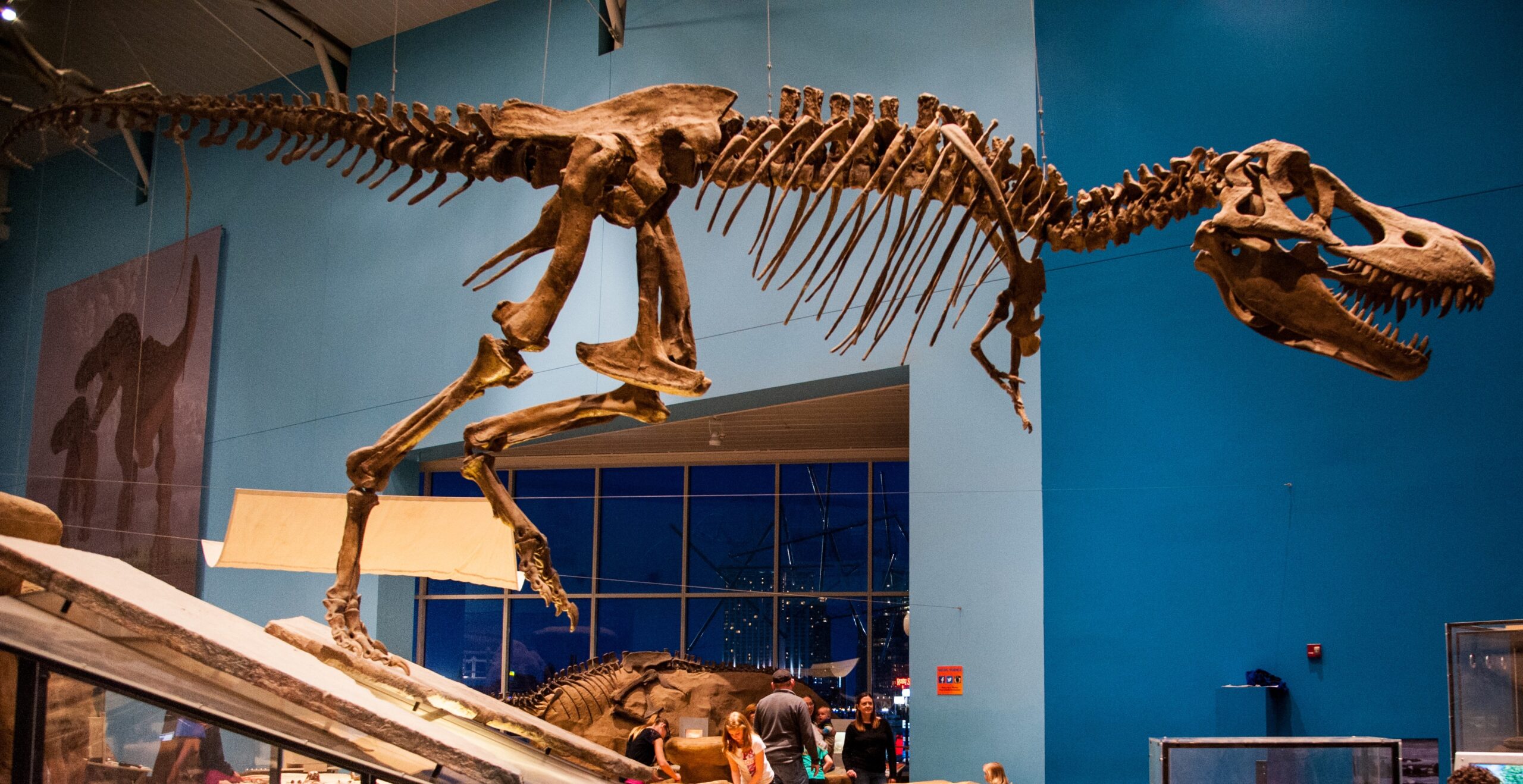
Early dinosaurs possessed a revolutionary respiratory system that was far more efficient than that of their reptilian contemporaries. Unlike mammals, which have a simple in-and-out breathing pattern, dinosaurs developed a flow-through system similar to modern birds. This innovation allowed for much more efficient oxygen extraction and supported higher metabolic rates.
This advanced respiratory system was likely crucial for their success in the low-oxygen environment of the Triassic period. While other animals struggled with the atmospheric conditions, dinosaurs could maintain active lifestyles and compete effectively for resources. This breathing advantage would eventually help them dominate terrestrial ecosystems for millions of years.
The Missing Link: Connecting Dinosaurs to Their Archosaur Ancestors
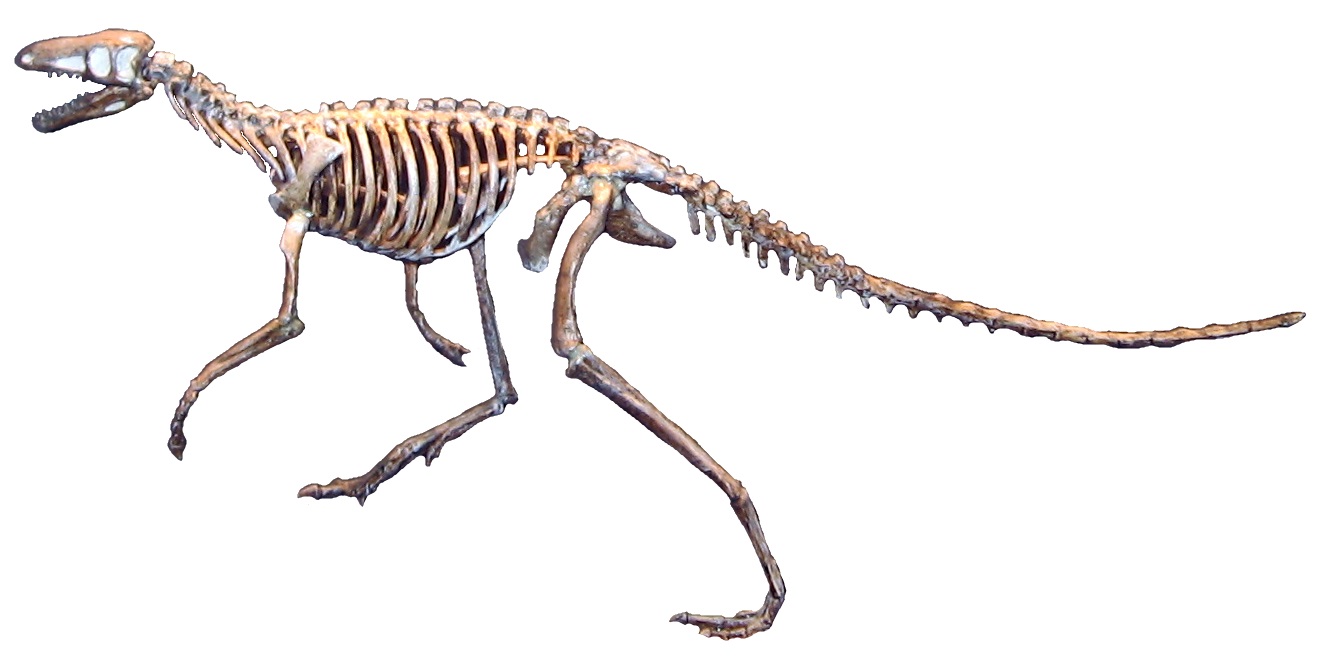
The evolutionary path from early archosaurs to the first dinosaurs represents one of the most fascinating transitions in vertebrate history. Recent fossil discoveries have filled in many gaps in this evolutionary story, revealing creatures like Asilisaurus that possessed a mix of dinosaur and archosaur characteristics. These transitional forms show how dinosaurs gradually evolved their distinctive features over millions of years.
The transformation wasn’t sudden but involved countless small changes that accumulated over time. Early dinosauromorphs experimented with different body plans, some successful and others evolutionary dead ends. Understanding these transitional forms helps us appreciate how minor advantages can lead to major evolutionary breakthroughs.
Survival of the Fittest: Competition in a Dangerous World
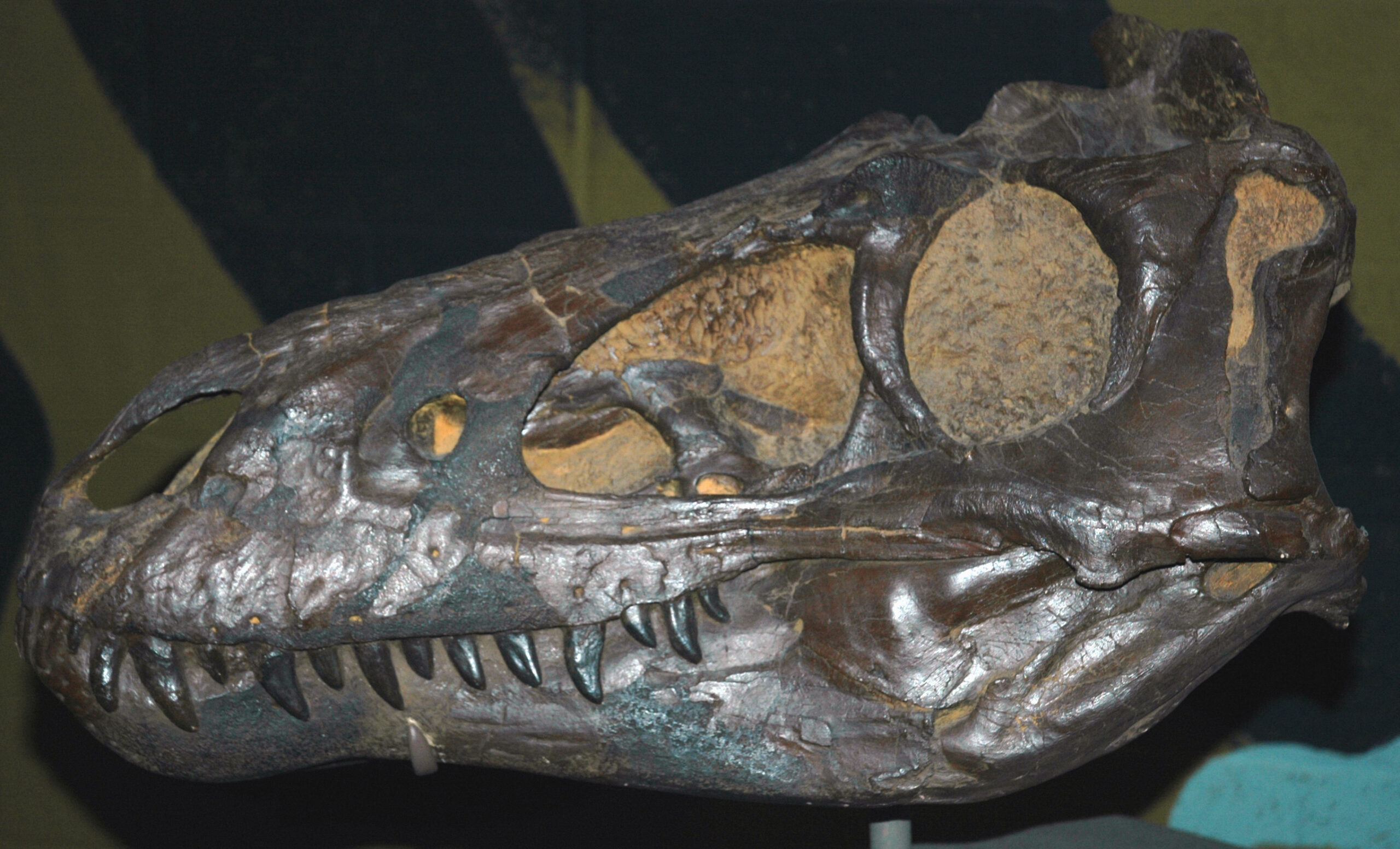
The world of early dinosaurs was filled with fierce competition and constant danger. They shared their environment with massive predators like Desmatosuchus, heavily armored archosaurs that could reach lengths of 16 feet. Early dinosaurs also competed with other small reptiles, early mammals, and various archosaur groups for limited resources.
Success in this competitive environment required more than just size or strength – it demanded adaptability, intelligence, and efficiency. Early dinosaurs excelled in all these areas, developing innovative solutions to survival challenges that their competitors couldn’t match. This competitive pressure forged the traits that would eventually make dinosaurs the dominant terrestrial vertebrates.
Global Pioneers: Spreading Across Pangaea
Despite their small size, early dinosaurs were remarkably successful at dispersing across the supercontinent Pangaea. Fossil evidence shows that similar dinosaur species existed in what are now Argentina, Brazil, India, and the southwestern United States. This global distribution suggests that early dinosaurs were highly mobile and adaptable to different environments.
Their success in colonizing diverse habitats was partly due to their efficient locomotion and adaptable diet. Unlike many other animal groups that were restricted to specific regions or climates, early dinosaurs could thrive in various conditions. This adaptability would prove crucial as Pangaea began to break apart and create new environmental challenges.
The Metabolism Mystery: Warm-Blooded Pioneers
One of the most debated aspects of early dinosaur biology concerns their metabolism. Growing evidence suggests that many early dinosaurs were warm-blooded, or at least had metabolic rates much higher than typical reptiles. This metabolic advantage allowed them to remain active in cooler conditions and maintain energy levels that cold-blooded animals couldn’t match.
Bone histology studies reveal growth patterns in early dinosaurs that are more similar to mammals and birds than to lizards and crocodiles. This suggests rapid growth rates and active lifestyles that would have been impossible with a purely reptilian metabolism. The development of warm-bloodedness in early dinosaurs may have been the key innovation that led to their eventual dominance.
Evolutionary Explosions: The Rapid Diversification That Followed
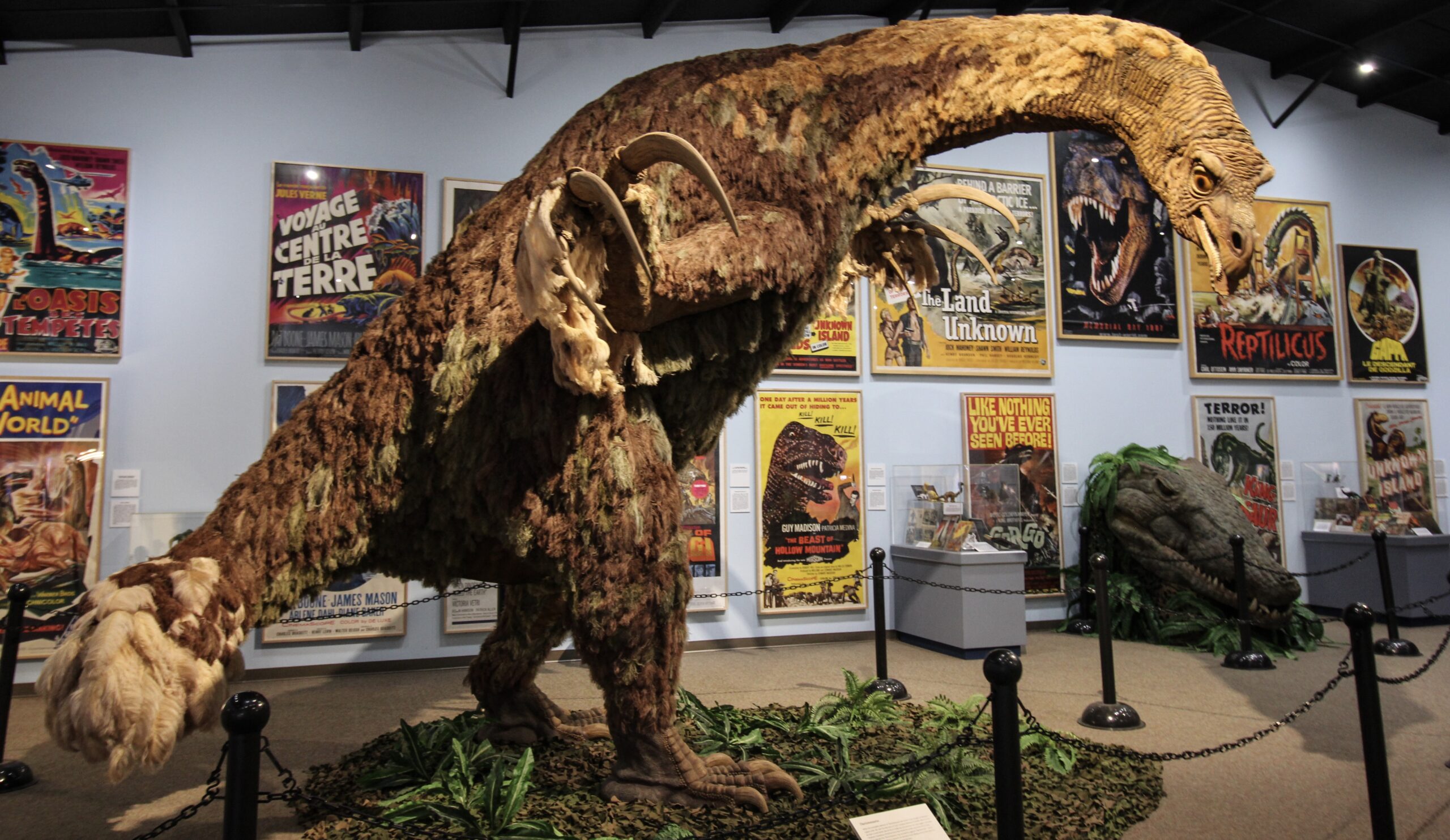
The success of early dinosaurs set the stage for one of the most spectacular evolutionary radiations in Earth’s history. Within just a few million years of their first appearance, dinosaurs had diversified into multiple lineages that would eventually produce giants like Diplodocus and aerial masters like Pteranodon. This rapid diversification shows how quickly evolution can work when a successful body plan encounters new opportunities.
The foundation laid by these early pioneers proved incredibly versatile. The basic dinosaur body plan could be modified to produce massive herbivores, swift predators, armored tanks, and eventually, flying birds. Few evolutionary innovations have proven as successful and long-lasting as the adaptations first seen in these small Triassic dinosaurs.
Legacy of the First: How Early Dinosaurs Shape Our Modern World

The influence of early dinosaurs extends far beyond their own time period and continues to shape our world today. Birds, the direct descendants of dinosaurs, represent one of the most successful vertebrate groups on Earth, with over 10,000 living species. The innovations first seen in early dinosaurs – efficient breathing, upright posture, and potentially warm-bloodedness – live on in every robin, eagle, and penguin.
Moreover, the evolutionary success of early dinosaurs demonstrates the power of small advantages accumulated over time. These tiny creatures from the Triassic period remind us that size and strength aren’t always the keys to survival. Sometimes, the meek really do inherit the Earth – or at least rule it for 160 million years. What other small innovations happening around us today might be setting the stage for the next great evolutionary revolution?


